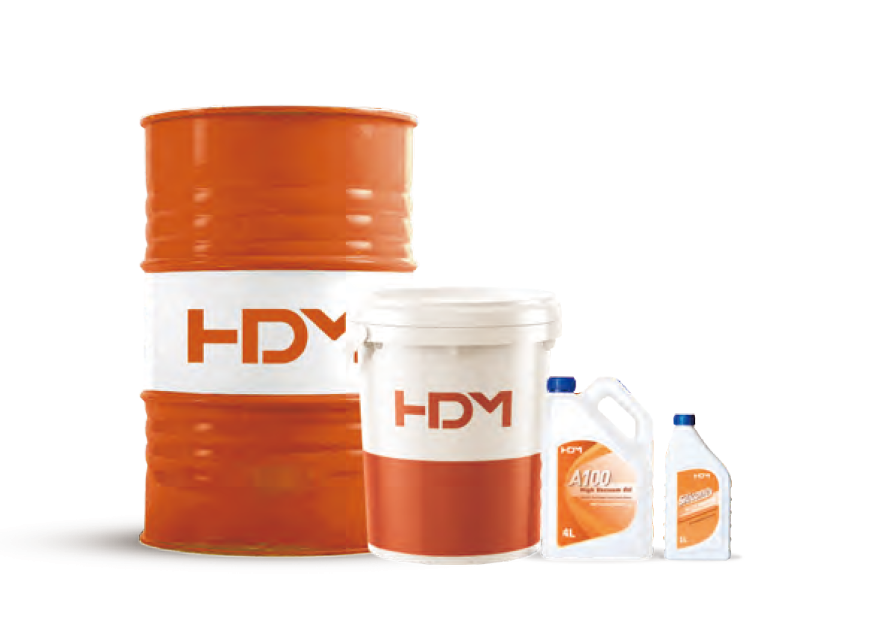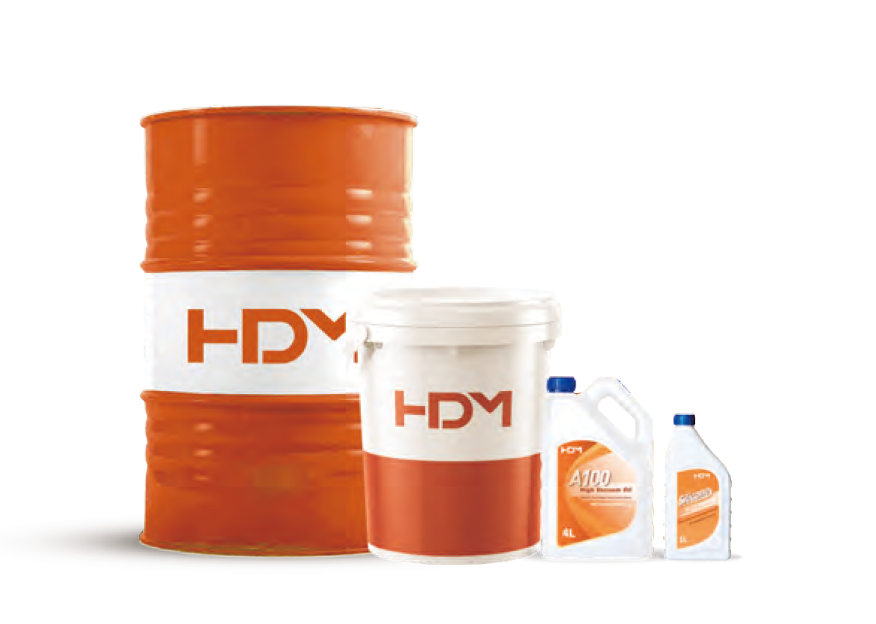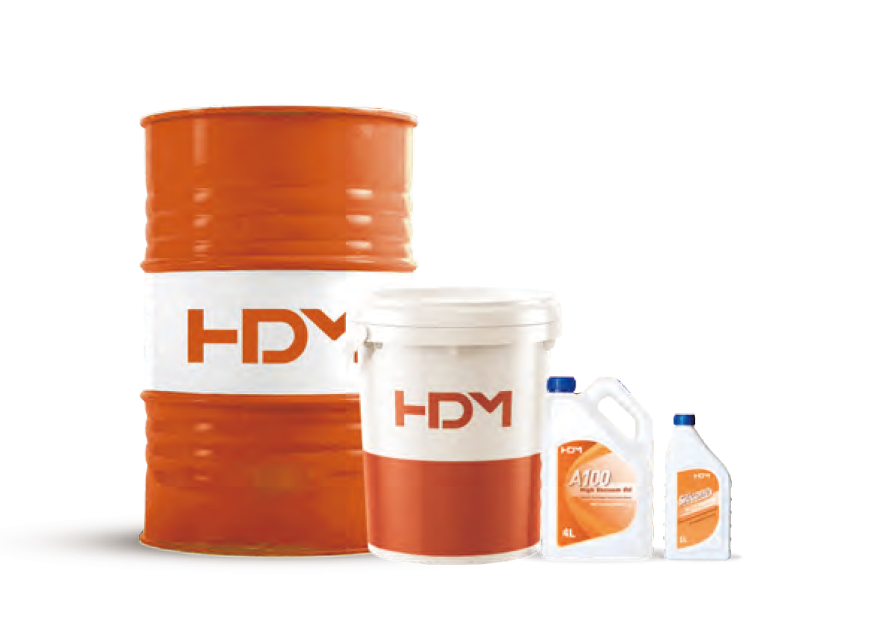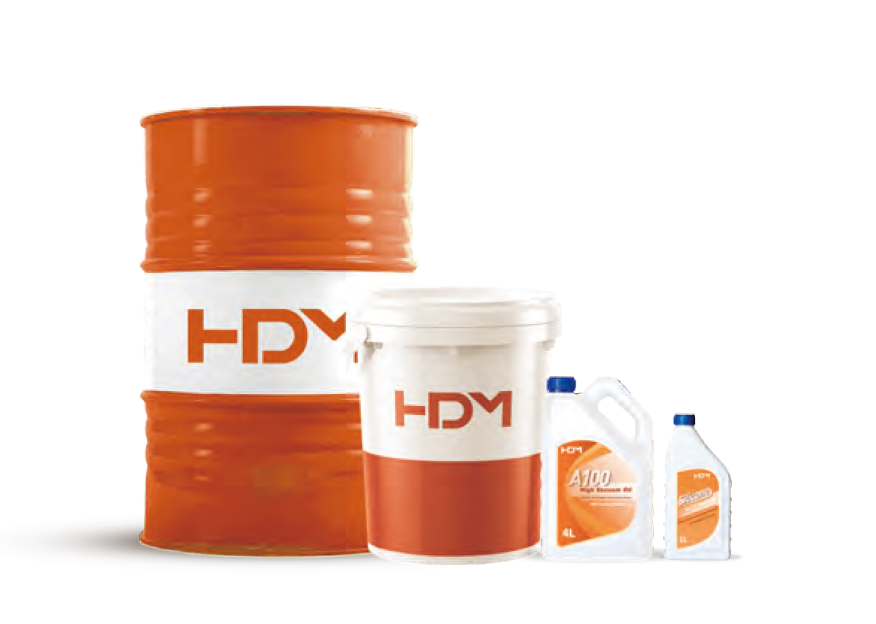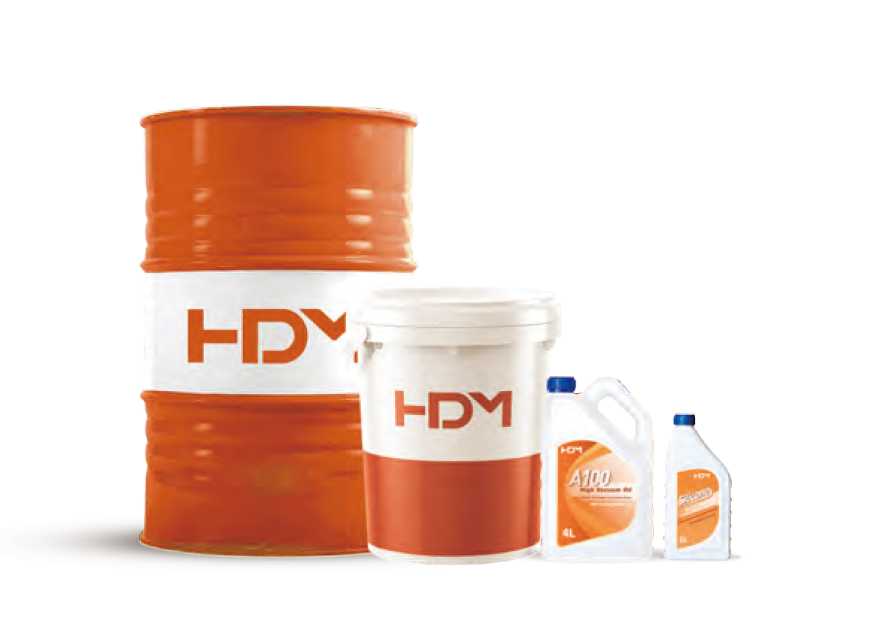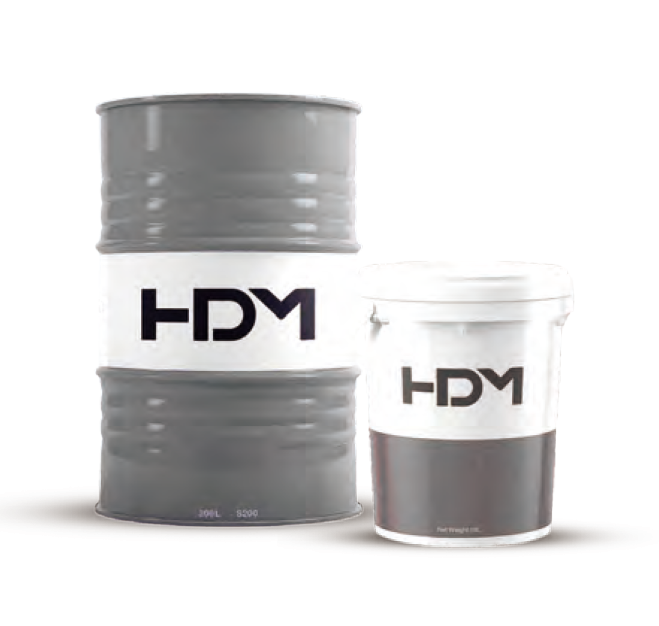To meet increasingly stringent emissions regulations and fuel economy requirements, automakers are being forced to downsize engines while increasing power and torque. The downside of today's smaller engines with their higher power densities is the risk of LSPI (Low Speed Pre-Ignition): a form of abnormal combustion that occurs in smaller engines with high compression ratios.
LSPI (Low Speed Pre-ignition) is believed to be caused by liquid droplets or particles passing through the combustion chamber and igniting before spark ignition. This results in uncontrolled combustion and unwanted engine knock. LSPI differs from conventional pre-ignition, which occurs at localized hot spots on the combustion chamber surface.
Engine knock that occurs during an LSPI event can significantly increase the pressure in the cylinders, leading to possible engine damage and eventual failure.
How Automakers Can Improve Engine Fuel Economy
Today's engines are responding to a greater need to improve fuel economy and reduce emissions. Automakers are taking two approaches to meeting increasingly stringent fuel economy requirements:
- Engine downsizing: Designing a smaller version of a larger engine with the same power. Smaller engines reduce friction on pistons, cams and bearings, improving fuel economy.
- Engine Downscaling: Further improves fuel economy by implementing an advanced transmission or CVT (Continuously Variable Transmission) to run the engine at lower RPM and higher torque to improve engine thermal dynamics.
The Link Between LSPI and Small Engines
Engine designers are always looking for a way to run the engine at lower rpm and higher torque when the cylinders are at minimum pumping losses. They eventually came up with turbochargers, variable valve timing and/or gasoline direct injection (GDI) technologies to combine high power and torque with improved fuel economy.
The engine consumes the least amount of fuel between 1.000 and 2.000 RPM and just below peak torque. By equipping cars with advanced transmissions and CVTs, electric motors can run longer in the most efficient engine operating zone. This ideal fuel economy region of the engine overlaps with the region where LSPI occurs.
Finding LSPI Solutions
Because LSPI can cause severe engine damage, engine designers are looking for solutions to prevent LSPI.
One solution to preventing LSPI is to inject excess fuel into the engine to lower combustion temperatures. Unfortunately, this has a negative impact on the engine's fuel economy, jeopardizing the whole idea of downsizing and speed.
Another solution may lie in the formulation of the lubricant. Lubricants with higher concentrations of calcium appear to increase the risk of LSPI, while magnesium-based products appear to decrease the likelihood of LSPI. Reducing the calcium concentration in the oil seems to be the most immediate solution. However, this leads to other disadvantages in terms of engine life, performance and efficiency.
Special lubricants to avoid LSPI
HDM is constantly testing and experimenting with new lubricant formulations to avoid pre-ignition at lower rpm.
By accumulating the right additives and base oils, you can develop an oil formulation that successfully reduces the risk of LSPI. In addition to the detergent mixture, the quality of the base oil can also affect the occurrence of LSPI in the combustion chamber.
HDM's research and development team continues to work on optimizing their engine oils to achieve strong LSPI performance while maintaining the proper level of detergency to keep engine parts clean, neutralize acids and extend engine life.



